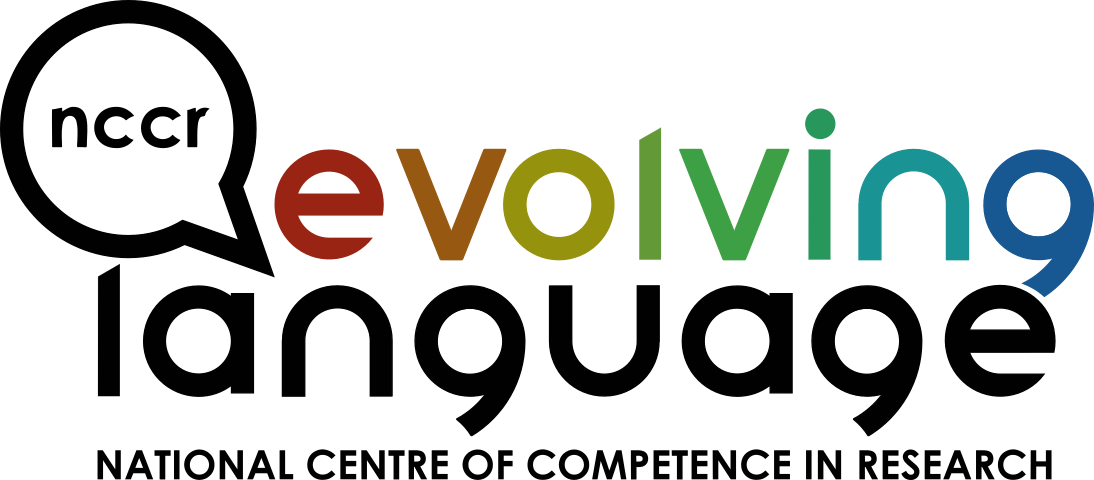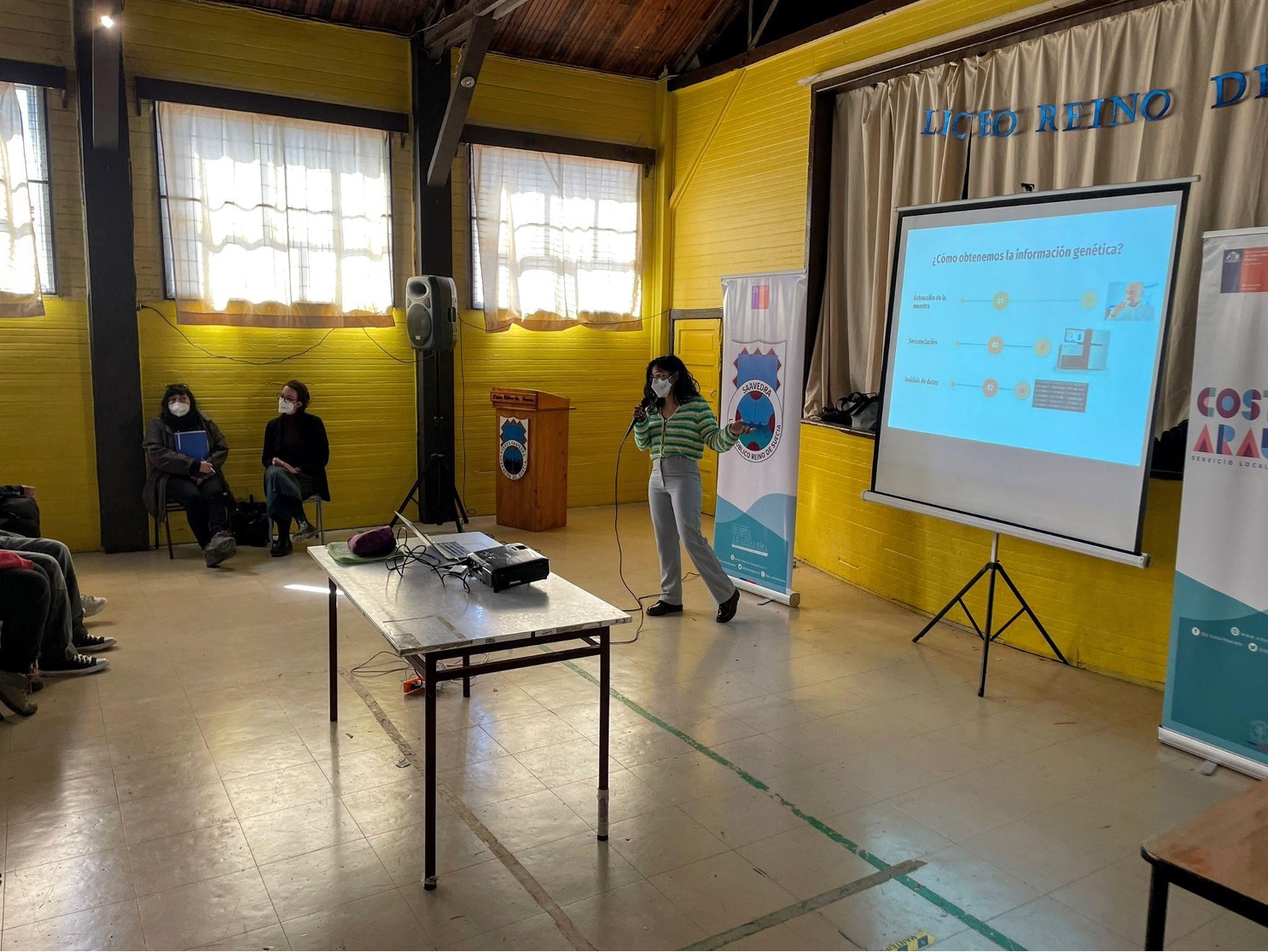Setting an example for genetic research with indigenous populations
Can genetic research with indigenous populations be more ethically conducted? This is what Chiara Barbieri and her team believed when starting their work with the Mapuche community, one of the 10 recognized indigenous groups of Chile. By including local stakeholders and communities in the research process and returning the results to them, they ensured a valuable trust bond and improved the interpretation of the genetic results. In a recent paper, the group reported on this experience to share insights and promote transparent and inclusive science.
When conducting research with indigenous populations and minority groups, it is important to address specific ethical concerns and needs. This is especially true in the Global South, where legislation and guidelines for studies involving indigenous communities are lacking compared to Northern countries (United States, Canada…). Chiara Barbieri (independent group leader at UZH) and her team exemplified a commitment to ethical and inclusive practices in this pioneering research with the Mapuche communities in Chile. The study design was developed with the fundamental contribution of partners from Chile, including a linguist, an archeologist, and an anthropologist. Still to this day, the Mapuche population faces systematic discrimination and erasure of their culture. Hence, the researchers were careful to include the community in many aspects of their research, from start to end.
Involving local stakeholders from the start
Chiara Barbieri and her team made it a point of honor to include the voices and perspectives of local and indigenous stakeholders with the guidance of local project collaborators. “Their assistance was crucial for the exchange of knowledge, ideas, and concerns between researchers and the community members, ensuring that dialogue was respectful, reciprocal, and culturally sensitive,” she says. With this knowledge and the input of the stakeholders, they could tailor the design of their study in a meaningful and respectful way.
A key step of any research involving participants is to have their enlightened consent. The participants should have a full understanding of the project, its benefits and risks, and the technology behind it. “Extra effort should be placed to ensure that the participant fully understands all these aspects, through a fully horizontal dialogue,” she says. Working with communities that experienced discrimination is not always possible. Indeed, many people reported negative experiences with researchers like “other academics came to study us, but never came back.”
Returning to the community
It is key in the research process to return to the communities with the results. Epifanía Arango-Isaza, PhD student at UZH and first author of the study, comments “It is a fundamental right for both the participants and the broader region audience to have access to the study results.” Indeed, these results can have inestimable value for the participants and their community, encouraging more inclusive and accurate historical narratives. It was important for results to be diffused to participants but also other local stakeholders – either identifying as Mapuche, with Mapuche ancestry or living in contact with the Mapuche population. 16 meetings were organized to present the results in communities and high schools, using popularized scientific material, such as allegories and figures. “As the participants in our project and the general audience exhibit diverse knowledge on biology, we adapted the language use to communicate the study findings,” Arango-Isaza explains.
It was also important for researchers to set up horizontal discussions: participants were invited to ask questions and express their thoughts on the results. Researchers could address common misconceptions, such as genetic determinism, as it was not uncommon to hear the question “How indigenous am I?” from participants. “Identity should not be tied to biological or phenotypical factors but to sociological and cultural elements and the subjective dimension of the self-identification,” says Arango-Isaza. “And we suggest that geneticists can and should speak up to avoid reducing indigenous identity to mere genetic factors.” Enlightened by these discussions, the researchers could then write their article with better insights into the implications of the results.
A model for future research
Though the researchers encountered challenges in putting these initiatives in place, the feedback they received was worth the extra care. All stakeholders, community leaders, participants, teachers, and students involved appreciated the effort to communicate important information back to them. It is especially important that the new generation sees their rich history prior to Hispanic colonization, which is not represented enough in education programs in Chile. Furthermore, many participants were interested in learning more. According to Arango-Isaza, “The participants often expressed curiosity and enthusiasm for expanding the scope of the study into other areas.”
Implementing such initiatives takes time and money. To encourage them, Chiara Barbieri thinks that funding agencies should explicitly consider these measures. “Our experience underscores the need for grant agencies to recognize the importance of such engagement initiatives and allocate resources accordingly,” she states. Overall, the researchers hope that they can set an example on how to conduct research with indigenous communities in the Global South for the future.
Reference
Arango-Isaza Epifanía, Aninao María José, Campbell Roberto, Martínez Felipe I., Shimizu Kentaro K., Barbieri Chiara. 2023. Bridging the gap: returning genetic results to indigenous communities in Latin America. Frontiers in Genetics. https://doi.org/10.3389/fgene.2023.1304974






